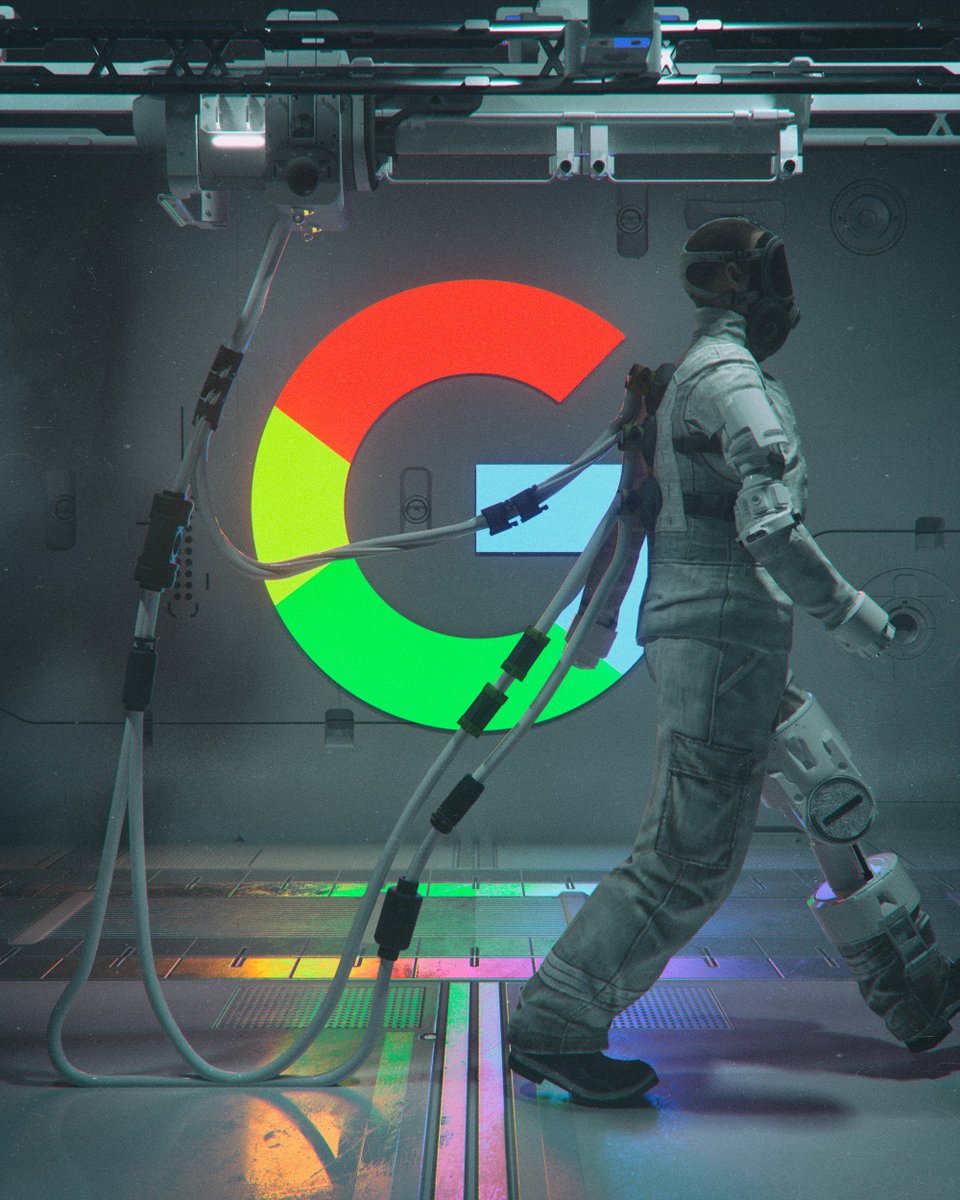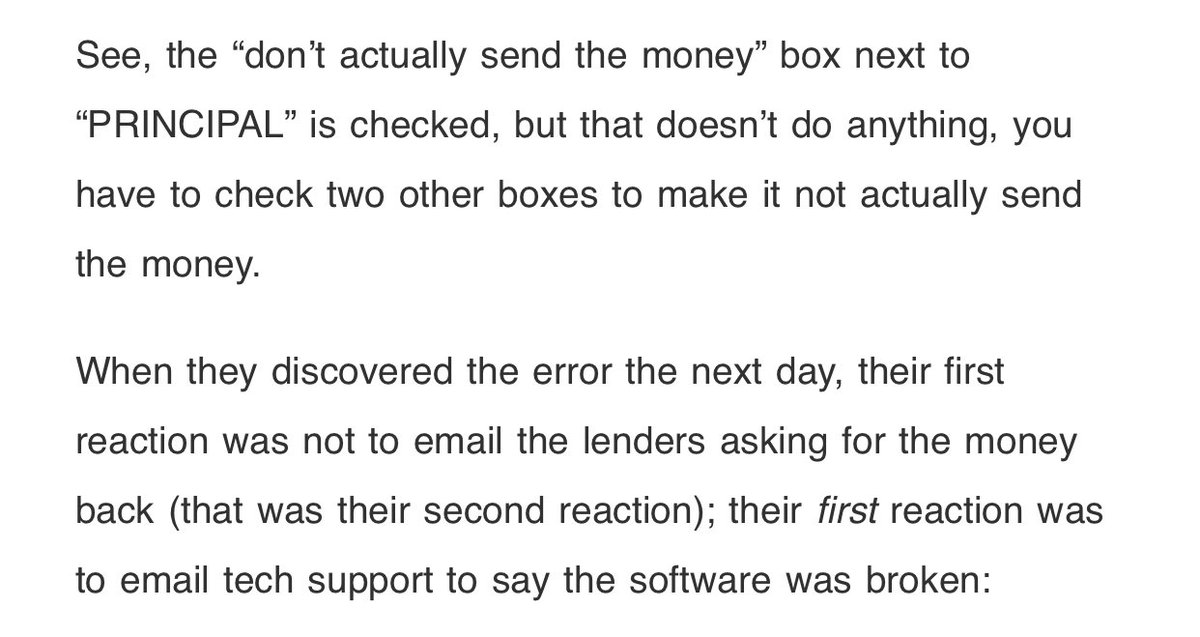
1/ When Steve Ballmer joined Microsoft in 1980, he was employee #30 and received ZERO equity.
By its IPO in 1986, he owned 8% of the Microsoft, which makes up the majority of his $80B fortune today.
How did Ballmer get that stake, though? A contract quirk.
Here's the story🧵
By its IPO in 1986, he owned 8% of the Microsoft, which makes up the majority of his $80B fortune today.
How did Ballmer get that stake, though? A contract quirk.
Here's the story🧵
2/ Ballmer's Microsoft tale begins in 1975, his sophomore year at Harvard.
He lived down the hall from some dude named Bill Gates.
While Gates dropped out to start Microsoft, Ballmer was a total Harvard head -- playing on the Football team and writing for The Crimson.
He lived down the hall from some dude named Bill Gates.
While Gates dropped out to start Microsoft, Ballmer was a total Harvard head -- playing on the Football team and writing for The Crimson.

3/ After graduating, Ballmer tried his hands at a few things:
• Product Manager at P&G, where he worked with future GE CEO Jeff Immelt
• A brief attempt at Hollywood screenwriting
• Stanford Business School
While at Stanford, Ballmer was convinced by Gates to drop out...
• Product Manager at P&G, where he worked with future GE CEO Jeff Immelt
• A brief attempt at Hollywood screenwriting
• Stanford Business School
While at Stanford, Ballmer was convinced by Gates to drop out...
4/...and come join Microsoft.
It was 1980 and the software co. was seeing explosive revenue growth: $16k in 1976 --> $8m in 1980.
Ballmer was to be Gates' first non-technical hire and the offer he gave reflects the fact that Gates' hadn't recruited a business person before.
It was 1980 and the software co. was seeing explosive revenue growth: $16k in 1976 --> $8m in 1980.
Ballmer was to be Gates' first non-technical hire and the offer he gave reflects the fact that Gates' hadn't recruited a business person before.

5/ Ballmer's offer:
• the title of "business manager"
• $50k base salary
• NO equity
• CRUCIALLY-- as Microsoft was so desperate for sales know-how -- Gates (and co-founder Paul Allen) gave Ballmer "10% of profit growth" he could generate.
• the title of "business manager"
• $50k base salary
• NO equity
• CRUCIALLY-- as Microsoft was so desperate for sales know-how -- Gates (and co-founder Paul Allen) gave Ballmer "10% of profit growth" he could generate.

6/ With Microsoft growing like a weed (it would 2x to $17m in 1981), Ballmer's "10% of profits" deal was not sustainable.
At the time, Microsoft was a partnership (Gates 64% / Allen 36%).
One early VC (Dave Marquardt) wanted to restructure the corp for wider stock ownership.
At the time, Microsoft was a partnership (Gates 64% / Allen 36%).
One early VC (Dave Marquardt) wanted to restructure the corp for wider stock ownership.

7/ Gates wanted nothing to do with the restructuring, so Ballmer and Marquardt took the lead.
This was the corporate structure they drafted:
• Gates and Allen own 84%
• 8% goes to investors
• 8% goes to Ballmer (in exchange for waiving his 10% profit share deal)
This was the corporate structure they drafted:
• Gates and Allen own 84%
• 8% goes to investors
• 8% goes to Ballmer (in exchange for waiving his 10% profit share deal)
8/ Gates was OK with the deal but Allen was not.
He wanted Ballmer to own 5% max...so Gates agreed to drawdown the rest of the equity from his own pool.
By 1986, Ballmer owned 8% of $MSFT. It was worth ~$56m when Microsoft IPO'd at $700m.
He wanted Ballmer to own 5% max...so Gates agreed to drawdown the rest of the equity from his own pool.
By 1986, Ballmer owned 8% of $MSFT. It was worth ~$56m when Microsoft IPO'd at $700m.

9/ In the decades since, Ballmer -- who was Microsoft's high-energy CEO from 2000-2014 -- has largely kept his stake in $MSFT.
Today, he owns ~4% of the tech giant while Gates owns ~1.4% (Allen died in 2018, and long ran down his stake).
Today, he owns ~4% of the tech giant while Gates owns ~1.4% (Allen died in 2018, and long ran down his stake).
10/ Ballmer is currently the world's 6th richest person and very high-profile owner of the LA Clippers (which he bought for $2B in 2014).
That original Microsoft contract quirk was cray!
That original Microsoft contract quirk was cray!
11/ If you enjoyed this (or really like dumb memes), SMASH THAT FOLLOW YO!
Source:
forbes.com/sites/georgean…
en.wikipedia.org/wiki/Steve_Bal…
web.archive.org/web/2016122522…
Source:
forbes.com/sites/georgean…
en.wikipedia.org/wiki/Steve_Bal…
web.archive.org/web/2016122522…
12/ POSTSCRIPT: In 1982, while Allen was recovering from cancer, he busted Ballmer and Gates trying to dilute him (they apologized). 

13/ POSTCRIPT 2: I recently spoke with Steven Sinofsky -- long time Microsoft exec and current Andreessen investor.
I asked Sinofsky about Ballmer's high-energy tactics: he said they were crucial for the firm.
thehustle.co/steven-sinofsk…
I asked Sinofsky about Ballmer's high-energy tactics: he said they were crucial for the firm.
thehustle.co/steven-sinofsk…

14/ PS. If you liked this wild Ballmer story, you'll REALLY like this story about Bernard Arnault and LVMH:
https://twitter.com/TrungTPhan/status/1363873907271299074?s=20
• • •
Missing some Tweet in this thread? You can try to
force a refresh















